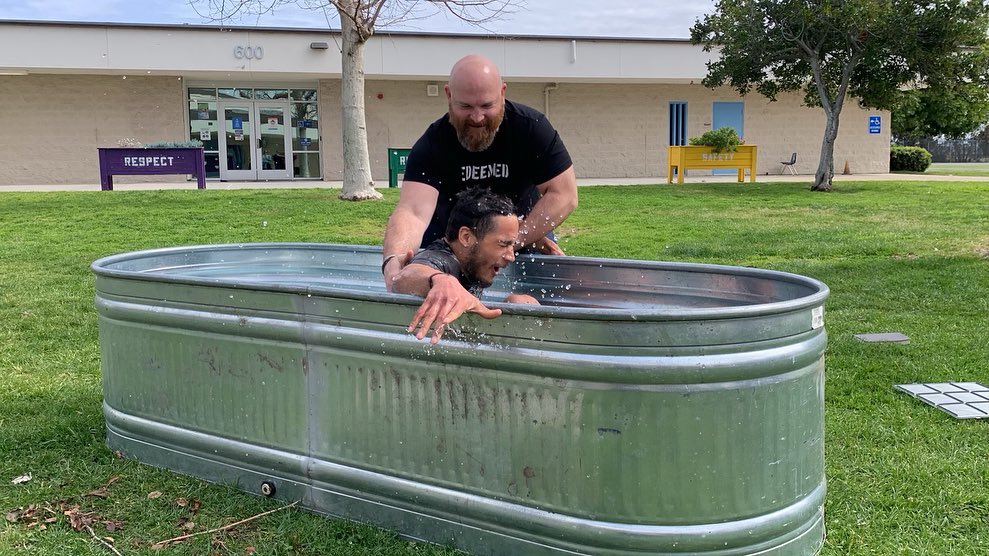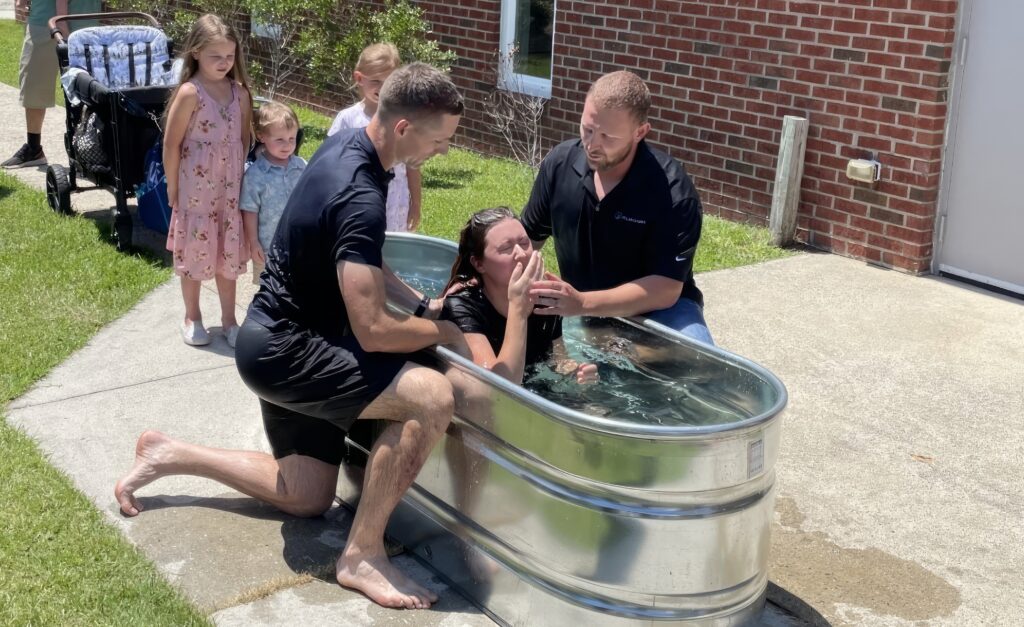Have you ever had that “aha” moment? It’s that moment something suddenly becomes clear and crystalized. It’s something true, and you know it in an instant. Sometimes these are wonderful. Other times, these are like a punch in the gut that leaves you gasping for air.
It was the punch-in-the-gut variety that landed a while back when our leadership team was sitting around a table at an off-site retreat. The air was electric as we talked about our vision for the future. We began to map out our vision to rapidly plant high-impact churches. As we began drawing out the pathway to this vision on the board, an ugly truth emerged.
The truth was we didn’t have enough leaders to accomplish our vision. The bigger problem was that even though we said we valued leaders, our actions and values communicated the opposite. There were dozens of things we valued more than actually creating leaders.
The moment one of our youngest leaders asked “So what do we count when it comes to leadership?” was the moment we began to give careful attention to our leadership metrics. We had tons of metrics on worship attendance, small groups, giving and baptisms, but little to no understanding of meaningful metrics for developing leaders. We needed to make significant changes that would allow us to take clear actions to develop leaders.
Here are five ways Resonate Church has begun to clarify and define our leadership development metrics:
1. We looked farther down the pipeline.
We began to ask how many places are there for people to volunteer and how many people are filling these positions. We created three stipulations for creating volunteer leadership opportunities: a job description, a specific invitation and a leader who holds that person accountable. These allowed us to see whether a potential leader was willing to do the small stuff and discern the capacity and character of that leader. The farther down the pipeline you start, the greater the leadership force you can create.
2. We clarified competencies of leaders.
Our staff identified seven competencies we wanted our leaders to possess. To be clear, this wasn’t seven things we wanted them to know or believe; it was seven competencies we wanted them to exhibit. Then we put metrics around the competencies and around the number of people who displayed these competencies. This guides how we train leaders.
3. We created a leadership pathway.
We needed a clear pathway to help our leaders know how to take next steps toward greater opportunities to serve the church and extend the kingdom. We mapped out a pathway beginning with salvation and progressing all the way to becoming a church planter. There are many who take off ramps from this pathway at various levels (which we celebrate), but we know what the next steps are for someone whose calling, character and competency qualifies them for greater leadership opportunities.
4. We recreated staff job descriptions.
A shift to developing leaders as a primary focus meant that the way we deployed our staff would have to change. Our staff changed from primarily “doing” ministry events and one-on-one care focused meetings to primarily recruiting and coaching leaders.
5. We created ministry structures that intentionally developed leaders.
We realized that the ministries of our church, specifically our small groups, tended to create faithful followers not dynamic leaders. As experts, we would communicate best practices to them, teach them how to do these things then make sure that they did them with excellence. This created a growing ministry, but it didn’t really create leaders. So we created tools for them to exercise their own leadership instead of demanding behaviors that followed our leadership. Then we coached them toward goals that they created instead of the plans that we created. We also created a culture with an expectation for every leader to be apprenticing a new leader. Finally, we celebrated their leadership development as much or more than anything else
Putting the focus on leadership development as a meaningful metric isn’t easy, and to be completely honest, you may experience something I call the “leadership lag.” The leadership lag is a short term dip in traditional metrics that precedes long-term and sometimes exponential growth. There are two aspects to the lag.
The expectation gap: When the pastor and staff has put the focus on developing leaders, many who have come to expect care and attention struggle to recalibrate their expectations.
The excellence gap: If your focus is on developing and deploying leaders then excellence almost always takes an initial hit. Create standards for the ministry, but primarily think “are they on the right trajectory?”
Pouring significant effort into leadership development leads to significant, long-term impact. When we release ourselves from short-term success, it starts to look a lot like the ways of Jesus.
Published December 6, 2016




